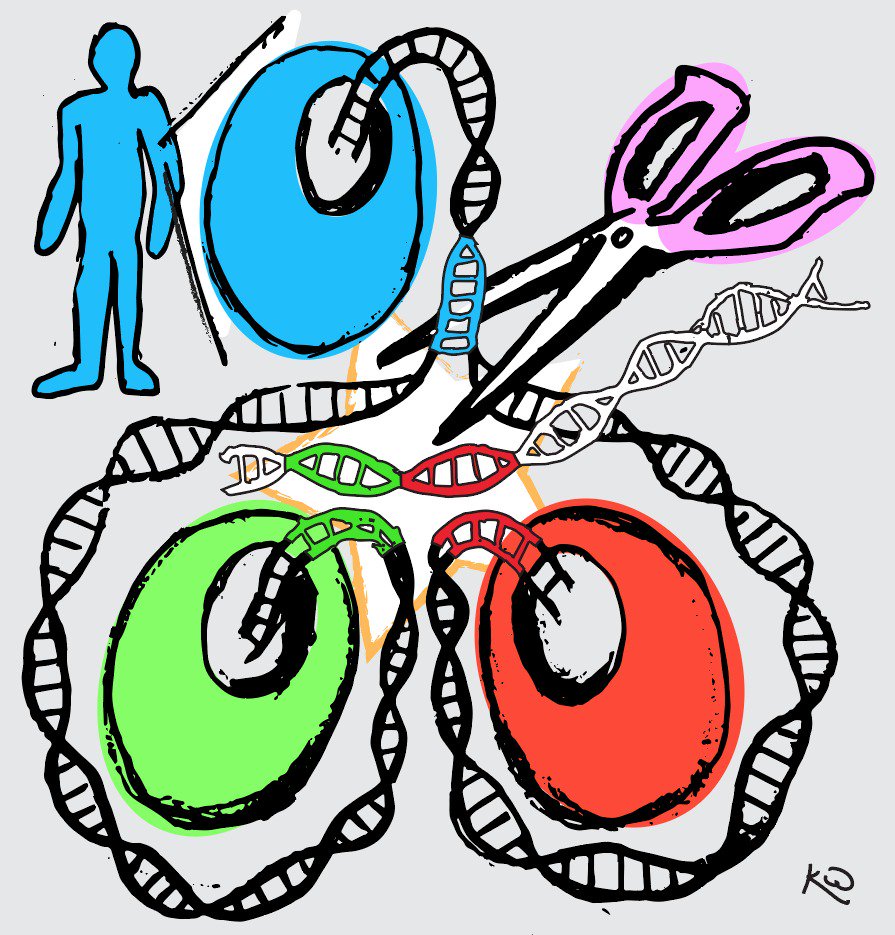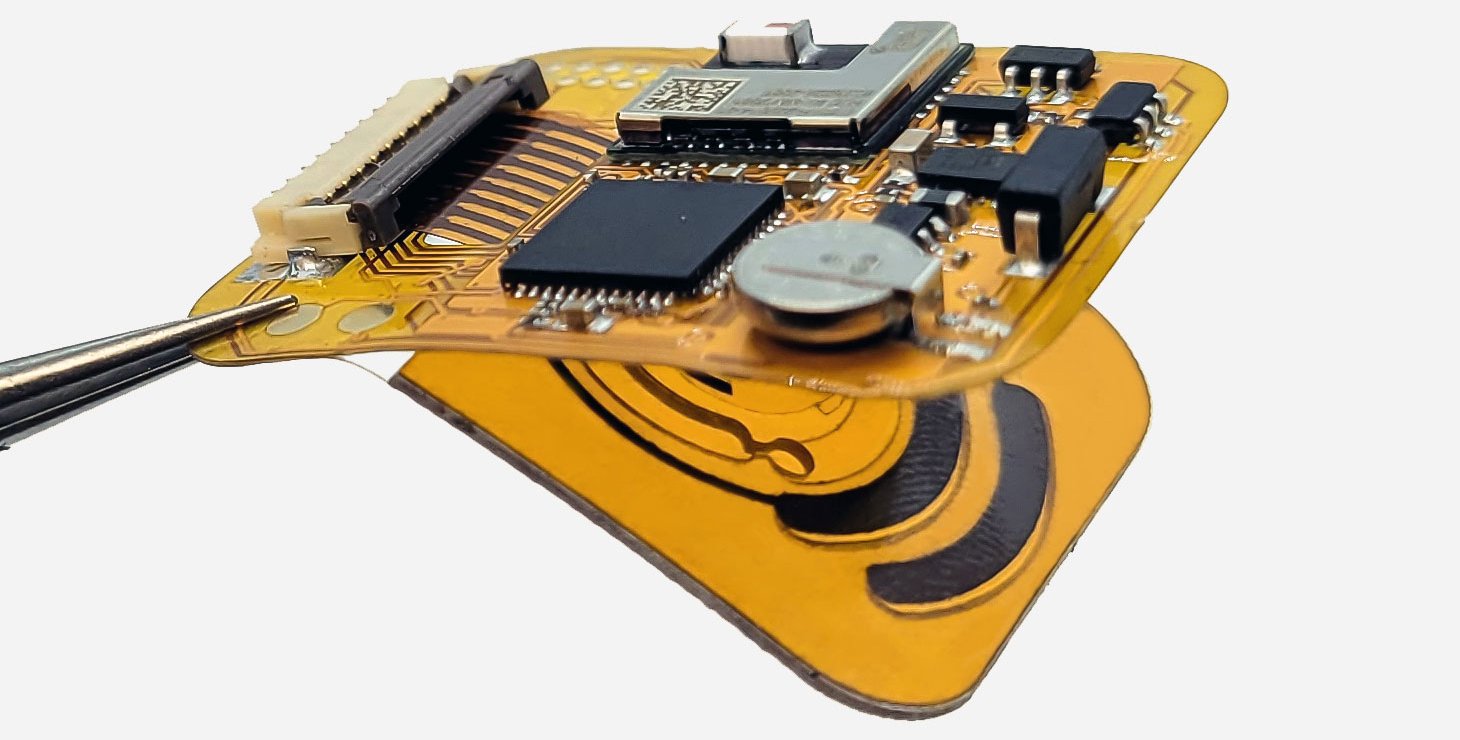Gene editing can bring about results that seem like miracles. It can help to fix the genetic faults that lead to disease, can permit changing the activity of specific genes, and can destroy disease-causing microbes. It can even improve the nutrition of the foods we eat.
Now, the technology has taken another step forward. Researchers from Kyoto University in Japan have developed a new gene editing technique that uses the genome editing technology CRISPR along with a DNA repair system to modify a single DNA base with “absolute precision” in the human genome.
This new technique is known as MhAX, or Microhomology-Assisted eXcision. Researchers worked on single mutations in DNA, known as single nucleotide polymorphisms or SNPs. SNPs are the most common style of variation within the human genome. Over 10 million SNPs exist, many of which are associated with heart disease, diabetes, and Alzheimer’s.
Knut Woltjen, who led the research, said, “Our goal is to generate gene editing technologies which improve our understanding of disease mechanisms, and ultimately lead to therapies.”
Woltjen added, “We’re confident that MhAX will have broad applicability in current human disease research, and beyond.”








